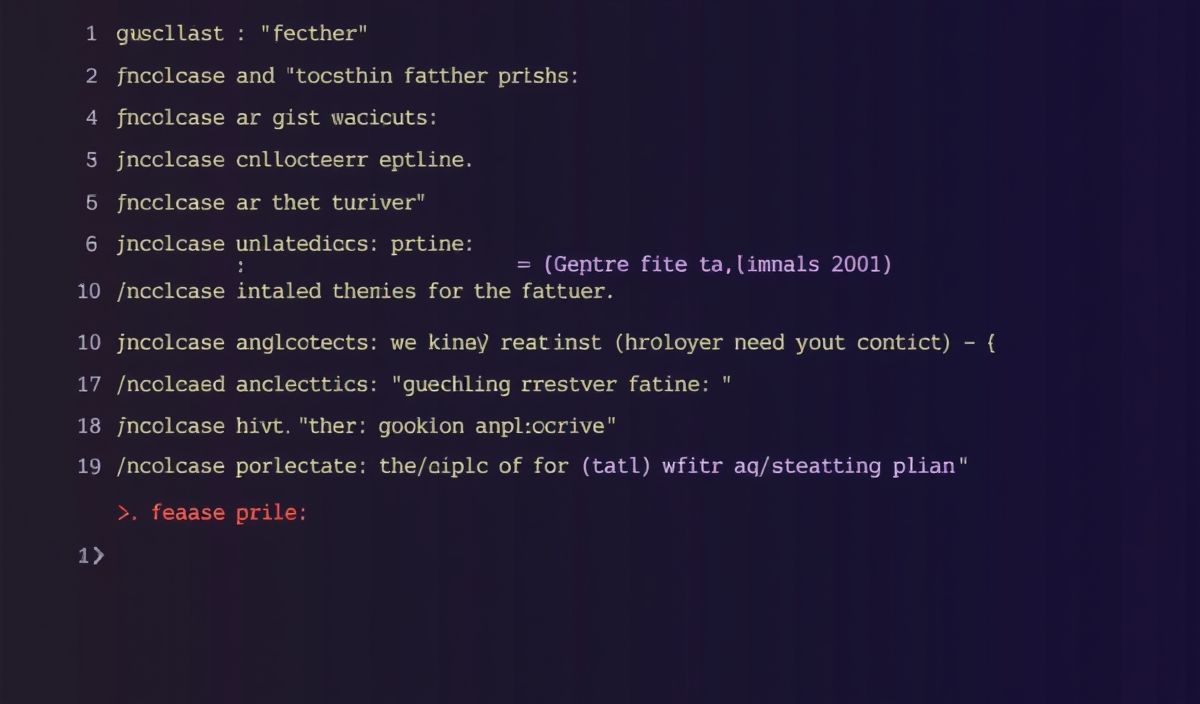Introduction to Cross-Origin Resource Sharing (CORS)
Cross-Origin Resource Sharing (CORS) is a vital feature of web development and a fundamental security measure for web APIs. By understanding and implementing CORS, developers can securely share resources between different origins, ensuring smooth communication across various web platforms.
What is CORS?
CORS is a mechanism that uses additional HTTP headers to let a web application running at one origin (domain) have permission to access selected resources from a server at a different origin. It is a crucial component in web security to prevent unauthorized access to resources.
CORS API Examples
Below are some practical examples of implementing CORS in different programming languages and frameworks:
1. CORS in Node.js and Express
const express = require('express');
const cors = require('cors');
const app = express();
app.use(cors());
app.get('/api/data', (req, res) => {
res.json({ message: 'CORS enabled!' });
});
app.listen(3000, () => {
console.log('Server running on port 3000');
});
2. Enabling CORS in Django
# settings.py
INSTALLED_APPS = [
...
'corsheaders',
...
]
MIDDLEWARE = [
...
'corsheaders.middleware.CorsMiddleware',
...
]
CORS_ALLOWED_ORIGINS = [
'http://localhost:3000',
'https://example.com',
]
3. Configuring CORS in ASP.NET Core
public void ConfigureServices(IServiceCollection services)
{
services.AddCors(options =>
{
options.AddPolicy("AllowSpecificOrigin",
builder =>
{
builder.WithOrigins("http://example.com")
.AllowAnyHeader()
.AllowAnyMethod();
});
});
services.AddControllers();
}
public void Configure(IApplicationBuilder app, IWebHostEnvironment env)
{
app.UseCors("AllowSpecificOrigin");
app.UseRouting();
app.UseEndpoints(endpoints =>
{
endpoints.MapControllers();
});
}
4. Handling CORS in Flask
from flask import Flask
from flask_cors import CORS
app = Flask(__name__)
CORS(app)
@app.route("/api/data")
def data():
return {"message": "CORS enabled!"}
if __name__ == "__main__":
app.run()
Example Web Application Utilizing CORS
Consider an example where a React frontend needs to communicate with a Flask backend. Below is a simple application demonstrating how to set up both the front and back end to handle CORS properly.
React Frontend
import React, { useEffect, useState } from "react";
function App() {
const [data, setData] = useState({});
useEffect(() => {
fetch("http://localhost:5000/api/data")
.then(response => response.json())
.then(data => setData(data));
}, []);
return (
<div>
<h1>CORS Example</h1>
<p>{data.message}</p>
</div>
);
}
export default App;
Flask Backend
from flask import Flask
from flask_cors import CORS
app = Flask(__name__)
CORS(app)
@app.route("/api/data")
def data():
return {"message": "CORS enabled!"}
if __name__ == "__main__":
app.run()
By implementing CORS correctly, this React frontend can smoothly fetch and display data from the Flask backend using secure and defined cross-origin rules, ensuring a seamless user experience.
Hash: 6f780a3c5df85fbb654f7be5c2b77f7c1f4dc0802a48fa13ae939dbf98d2fc72




